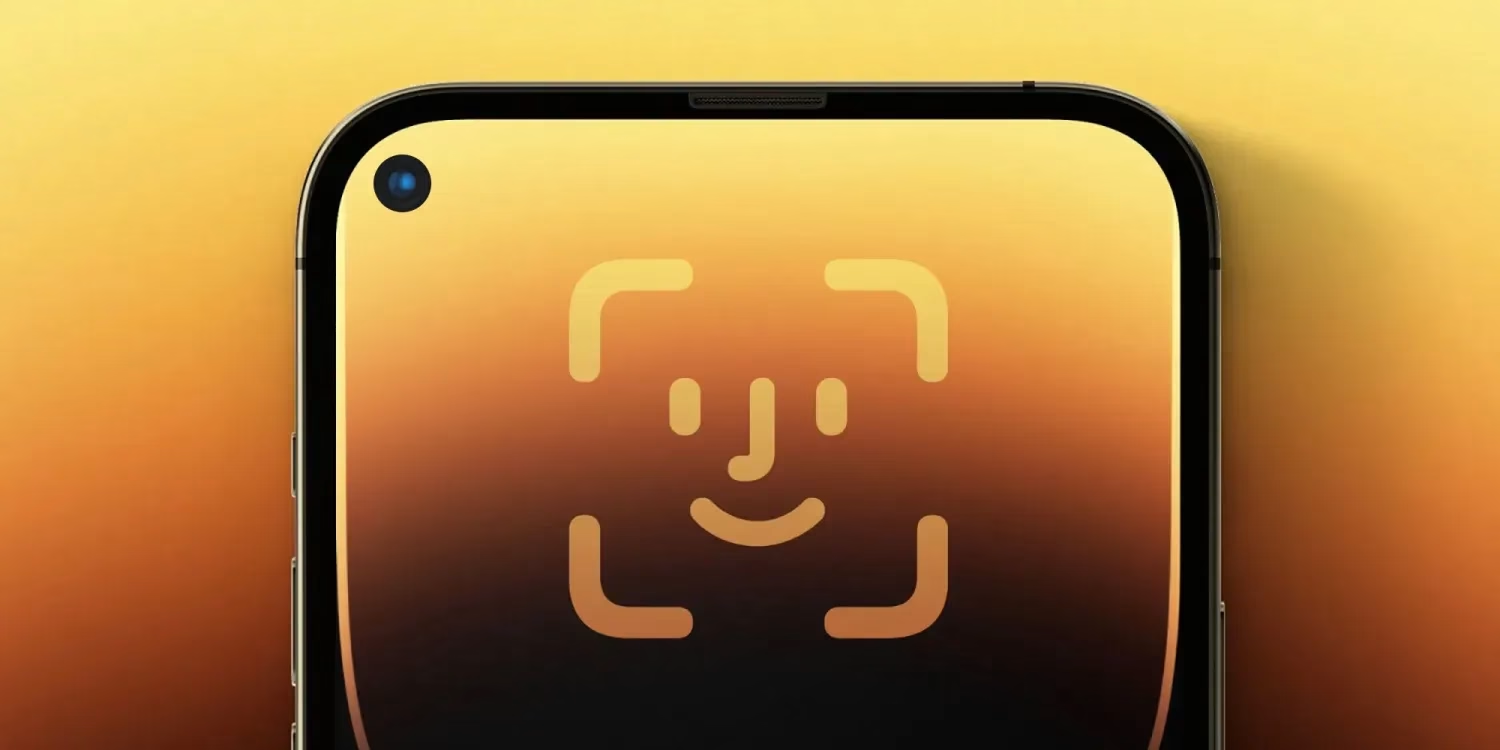The iPhone 18 Pro's Display: Is Apple Finally Going All-In on a Seamless Screen?
The rumor mill for Apple's future iPhones is always churning, but lately, there's been a persistent hum around the iPhone 18 Pro, specifically concerning its display. And it seems a prominent leaker has doubled down on two significant changes that, if true, would represent a pretty major leap for Apple's design philosophy. We're talking about under-display Face ID and a shift to a hole-punch selfie camera. Honestly, for those of us who've been tracking smartphone evolution, this feels like a long time coming.
The Quest for the Unbroken Canvas
For years, the holy grail of smartphone design has been the truly bezel-less, notch-less, cutout-free display. Remember when the iPhone X first introduced the notch back in 2017? It was revolutionary for its time, enabling Face ID and shrinking bezels dramatically. But it was still a compromise, a black void interrupting the screen. Then came the Dynamic Island with the iPhone 14 Pro, a clever software-hardware integration that made the cutout feel more interactive, less like an obstruction. A brilliant move, no doubt.
But even the Dynamic Island, as innovative as it is, remains a physical interruption. The industry, meanwhile, has been pushing towards under-display camera technology, with varying degrees of success. Some Android phones have already shipped with under-display selfie cameras, though often with noticeable compromises in image quality or screen clarity over the sensor. Apple, typically, waits until the technology is mature enough to deliver a "magical" experience. So, the idea of the iPhone 18 Pro finally adopting under-display Face ID, coupled with a tiny hole-punch for the selfie camera, signals a significant step towards that elusive unbroken canvas. It's a clear indication of where Apple's heading.
Under-Display Face ID: A Technical Tightrope Walk
Let's talk about under-display Face ID for a moment. This isn't just about hiding a camera; it's about embedding a complex array of sensors – the infrared camera, flood illuminator, and dot projector – beneath the screen itself, all while maintaining their accuracy and reliability. It's a monumental engineering challenge. Light needs to pass through the display to the sensors, and the sensors need to "see" your face clearly. This often requires a less dense pixel arrangement over the sensor area, which can lead to a visible patch on the screen if not executed perfectly.
Apple's reputation for privacy and security, especially with Face ID, means they can't afford any compromises here. If they're truly planning this for the iPhone 18 Pro, it implies they've made substantial breakthroughs in the underlying technology. Perhaps new display materials that are more transparent, or more sensitive sensor components. It's not as simple as just sticking a camera under the screen, is it? One has to wonder what kind of R&D has gone into making this viable without degrading the user experience.
The Dynamic Island's Shrinking Act
If Face ID moves under the display, what happens to the Dynamic Island? The leaks suggest it'll shrink down to accommodate just the hole-punch selfie camera. This is a logical progression. The Dynamic Island's charm lies in its ability to adapt and display information, making the cutout feel less intrusive. If the cutout itself becomes almost negligible, the software magic might need to evolve too.
Industry Trends and Apple's Calculated Pace
These rumored changes aren't happening in a vacuum. The broader smartphone industry has been relentlessly pursuing full-screen designs. From pop-up cameras to rotating modules and, yes, under-display sensors, manufacturers are all trying to get rid of the notch or cutout. Apple, typically, isn't the first to adopt new hardware technologies. They tend to let others experiment, refine the tech, and then implement it in a way that feels seamless and superior.
This calculated approach has served them well. It allows them to learn from the missteps of others and deliver a polished product. So, the fact that these leaks are gaining traction for a 2026 device (the iPhone 18 Pro) suggests that Apple feels the technology for under-display Face ID and a truly invisible sensor array will be mature enough by then. It's a testament to their long-term vision for the iPhone's aesthetic.
Implications for the User Experience and Beyond
So, what does this all mean for us, the end-users? Primarily, a more immersive visual experience. More screen, less interruption. For content consumption – videos, games, photos – it's a clear upgrade. For everyday interactions, it means a cleaner, more elegant front panel. It's a design evolution that aligns with the premium feel Apple strives for.
It also sets a new benchmark. If Apple pulls this off flawlessly, it will undoubtedly push other manufacturers to accelerate their own under-display tech. The iPhone 18 Pro could very well be the device that truly kicks off the era of the truly "all-screen" smartphone. It's an exciting prospect, and I, for one, am keenly watching how this unfolds.
